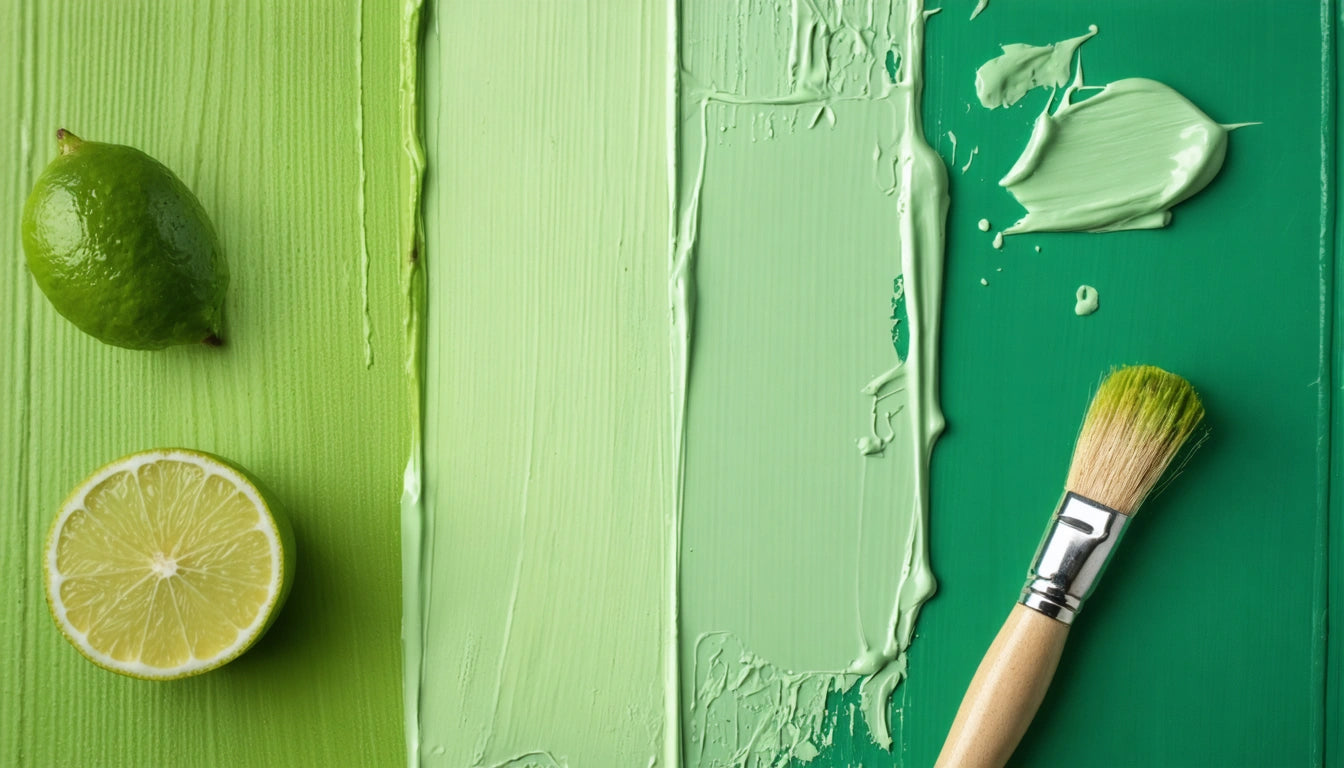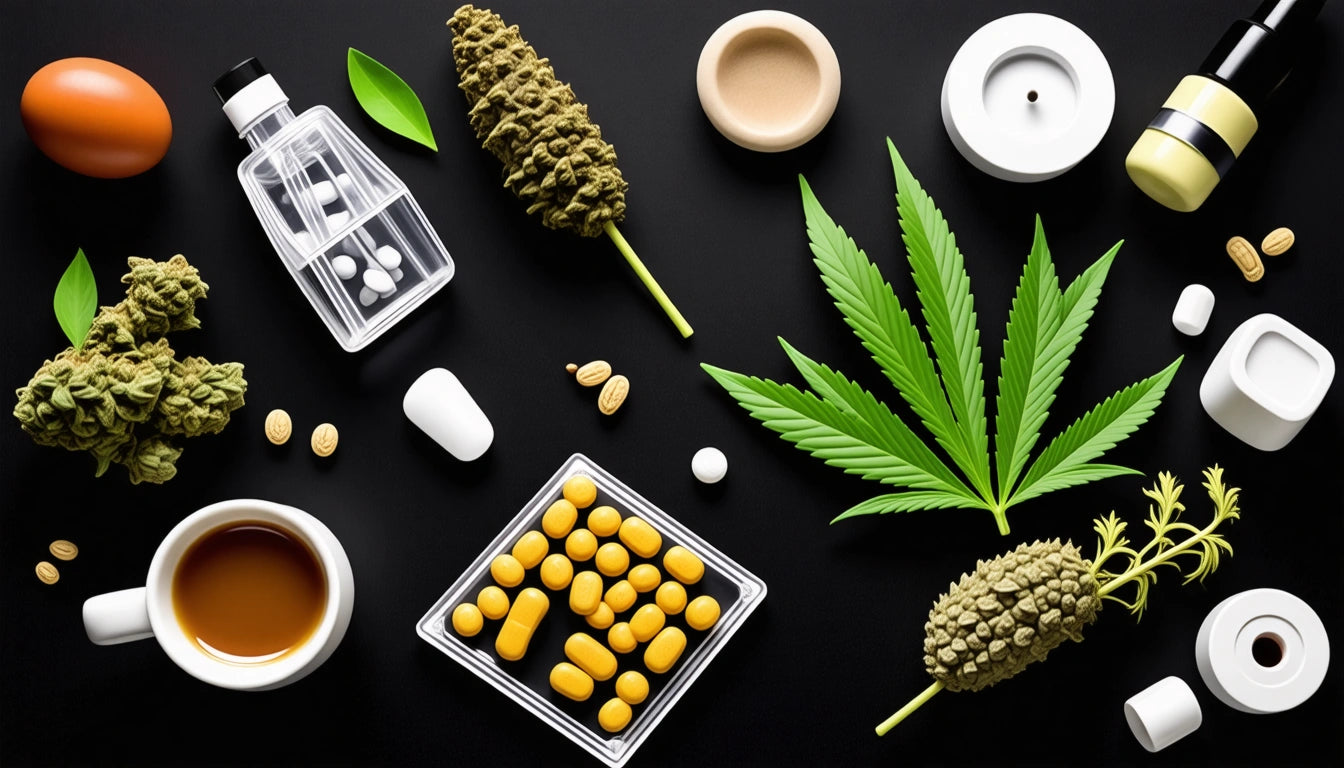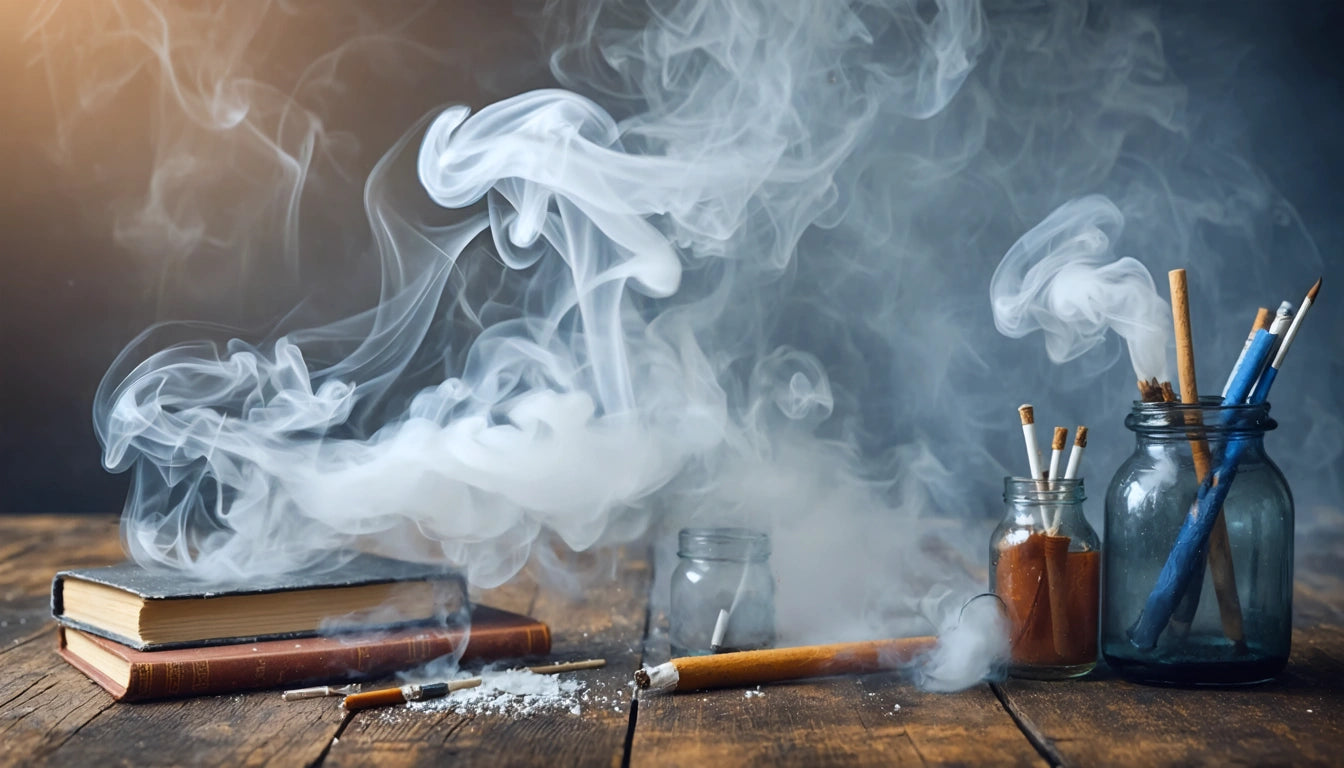Table of Contents
How to Mix and Create Various Shades of Green Paint and Food Coloring
Green is one of the most versatile colors in the spectrum, offering countless variations from vibrant lime to subtle sage and refreshing mint. Whether you're painting a wall, creating art, or coloring food for a special occasion, understanding how to mix different green shades gives you creative control and saves money on pre-mixed colors. This guide covers essential techniques for mixing various green shades using both paint and food coloring.
Understanding Green Color Theory
Before diving into specific recipes, it's important to understand the basics of color theory as it relates to green. Green is a secondary color created by mixing blue and yellow primary colors. The ratio of blue to yellow determines the specific shade of green you'll create.
As explained in our guide to color pairing, green sits opposite red on the color wheel, making red its complementary color. This relationship is important when you want to tone down a green that's too bright by adding a tiny amount of red or when creating color schemes for design projects.
How to Make Lime Green Paint
Lime green is a vibrant, yellowish-green that adds energy and freshness to any project. If you're wondering how to make lime green paint, the process is straightforward but requires attention to proportions.
Basic Lime Green Formula
To create lime green paint:
- Start with a base of yellow paint (about 2 parts)
- Add blue paint gradually (about 1 part)
- For extra brightness, incorporate a small amount of white
The key to achieving that perfect lime green is using more yellow than blue and adding white to increase brightness. If your mixture becomes too blue, simply add more yellow to correct it. For a more vibrant lime green, consider using a lemon yellow rather than a darker golden yellow as your base.
Mixing Sage Green Paint
Sage green is a muted, grayish-green with earthy undertones that works beautifully in home décor. Learning how to mix sage green paint can help you create this sophisticated color for walls, furniture, or art projects.
Sage Green Mixing Recipe
- Start with a medium green base (mix blue and yellow)
- Add a small amount of red to mute the color
- Incorporate white to lighten as needed
- Add a touch of yellow for warmth
For more detailed guidance on working with sage green in design contexts, check out our article on complementary colors and design tips for sage green.
Creating Mint Green Color
Mint green is a light, cool green with blue undertones. This refreshing color is popular in both paint and food coloring applications.
How to Mix Mint Green
To create mint green:
- Begin with a white base (about 3 parts)
- Add green gradually (about 1 part)
- Incorporate a tiny amount of blue for coolness
The high proportion of white gives mint green its characteristic lightness. For a more vibrant mint, you can start with a cyan or turquoise base instead of a true green, then lighten with white.
When working with color mixing for various projects, precision tools can make a significant difference. Our specialized grinding equipment helps achieve consistent particle sizes when working with dry pigments, ensuring even color distribution in custom paint formulations.
Food Coloring Techniques
Food coloring follows similar color theory principles as paint, but requires food-safe ingredients and often comes in more concentrated forms.
How to Make Lime Green with Food Coloring
For lime green food coloring:
- Start with 10-12 drops of yellow food coloring
- Add 2-3 drops of blue food coloring
- Mix thoroughly and adjust as needed
When working with food coloring, it's crucial to add colors drop by drop, as they're highly concentrated. For consistent results, use clear measuring spoons or droppers rather than adding directly from bottles.
Food coloring works well in frostings, cake batters, cookies, and beverages. For more vibrant colors in baking applications, gel or paste food colors typically provide better results than liquid varieties.
Tools for Precise Color Mixing
Creating consistent green shades requires both knowledge and the right tools. Whether you're working with paint or food coloring, these tools help achieve professional results:
- Color mixing charts for reference
- Small containers for test batches
- Precise measuring tools (droppers, spoons, scales)
- Palette knives or silicone spatulas for mixing
- White surface for color assessment
Keeping detailed notes about your successful color formulations helps ensure consistency when you need to recreate a specific shade. As we discuss in our article on mastering paint mixing, documenting your process is key to reproducible results.
For those working with specialized color applications, our guide on creating the perfect yellow provides additional insights that can be applied to green mixing, since yellow is a key component in most green shades.
By mastering these green mixing techniques, you'll expand your creative possibilities while saving money on pre-mixed colors. Whether you're painting a wall in soothing sage green or creating vibrant lime green frosting for a special cake, understanding how to mix these versatile shades gives you the freedom to customize colors exactly to your vision.











Leave a comment
All comments are moderated before being published.
This site is protected by hCaptcha and the hCaptcha Privacy Policy and Terms of Service apply.